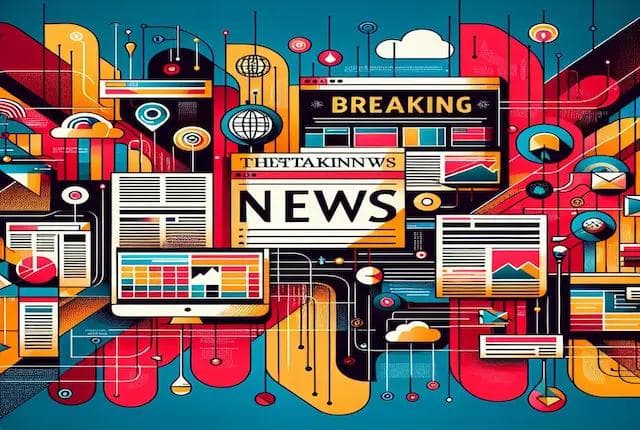In dovish tilt, BOJ zooms in on obscure underlying inflation trends
In dovish tilt, BOJ zooms in on obscure underlying inflation trends
Published by Global Banking and Finance Review
Posted on June 27, 2025

Published by Global Banking and Finance Review
Posted on June 27, 2025

By Leika Kihara
TOKYO (Reuters) -The Bank of Japan's increasing caution around raising interest rates further relies heavily on a relatively obscure inflation reading, which policy doves argue suggests weak consumer demand but critics say messes with the bank's messaging.
Underlying inflation in Japan, which focuses on the strength of domestic demand and wages rather than volatile food and fuel, has been tracking below the Bank of Japan's 2% target.
That contrasts starkly with headline inflation numbers that are above the target at multi-year highs, riling the public and until recently providing strong arguments for further interest rates.
Analysts say the BOJ's fresh concerns about local consumption and the global economy have muddled its efforts to manage inflation expectations in a country that spent decades mired in deflation.
"The unprecedented nature of what the BOJ is doing, and a lack of track record anchoring inflation expectations, are reasons why the BOJ is using the fuzzy concept of underlying inflation," said former BOJ official Nobuyasu Atago, who is currently chief economist at Rakuten Securities Economic Research Institute.
"That's complicating its communication and making it difficult to understand what exactly they are trying to do."
From a policy perspective, BOJ Governor Kazuo Ueda has already acknowledged the challenges of both resetting inflation expectations and trying to precisely measure underlying inflation.
"We have managed to de-anchor expectations from zero, but have yet to re-anchor them at 2%," he said in a speech last month. "This is why we are still maintaining an accommodative policy stance."
GUIDANCE MISMATCH
On the face of it, Japan has an inflation problem, which is why its central bank is one of the few in the world that has raised rates in recent years as others cut.
Headline consumer inflation hit 3.6% in April, well above 2.3% in the U.S. and the second highest among G7 advanced nations following 4.1% in the UK, according to OECD data.
Other consumer price measurements, such as the core index stripping away volatile fresh food and the "core-core" - which also excludes fuel costs - have also stayed above the BOJ's 2% target for about three years.
While there is no single indicator that gauges "underlying inflation", the BOJ looks at its own recalibrated measures such as the weighted median and the "mode", both of which are currently below the bank's 2% target.
Other proxies the BOJ says it monitors include medium- and long-term inflation expectations, which it estimates as moving above 1.5% but slightly below 2.0%.
A chart attached to recent BOJ speech texts also includes services price inflation as a key measurement of underlying inflation which, at 1.4% in May, also remains below 2%.
Those trends coupled with worries about the economic hit from higher U.S. tariffs partly explain why the BOJ has signaled a pause in interest rate hikes after lifting them to 0.5% in January.
However, there is still ambiguity around just what exactly vexes the BOJ.
"For the average household, what matters is the price of food and grocery, not fuzzy concepts like underlying inflation," said a source familiar with the BOJ's thinking.
"Even when looking at various indicators, underlying inflation is already pretty close to 2%," the source said, a view echoed by another source.
To be sure, the BOJ expects the gap between headline and underlying inflation to narrow if the rise in food prices moderates and prospects of steady wage hikes underpin consumption.
The central bank has also said it will keep raising rates if there is enough conviction that underlying inflation will hit 2% - a call the board makes looking not just at price moves but the economic outlook and its risks.
A slight majority of economists in a Reuters poll expected the BOJ's next 25-basis-point increase to come in early 2026.
A key challenge for now remains in how it communicates its cautious position, especially if domestic food inflation and the Middle East conflict persist and lead to an upgrade in its price forecasts at the board's next review on July 30-31.
That question is also creating divisions within the BOJ board. Critics warn such dovish guidance could leave the bank behind the curve in addressing inflation risks.
"I personally believe focus should be placed on inflation expectations of firms and households, who are the actual drivers of economic activity. I take these expectations to have already reached around 2%," Naoki Tamura, a BOJ board member known for his advocacy of further rate hikes, said this week.
"If upward inflation risks heighten, the BOJ may need to act decisively as a guardian of price stability."
(Reporting by Leika Kihara; Editing by Sam Holmes)
Explore more articles in the Finance category











